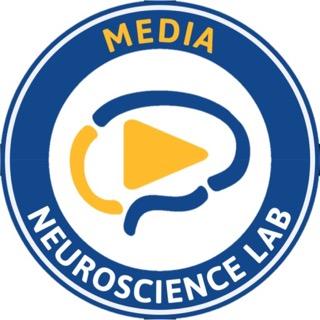
UCSB’s The Current has a great article on a project developed by Rene Weber and Musa Malik of the Media Neuroscience Lab: https://www.news.ucsb.edu/2023/021111/computer-vision-and-human-annotations-provide-insights-inclusion-social-media-scale
“The project spurred the creation of a sophisticated system to investigate representation in media, known as the Measuring and Tracking Inclusion Platform (MTI). The system shares features with other innovations from UCSB’s Media Neuroscience Lab, which takes a computational approach to communication research. The developers of MTI — Professor René Weber and researcher Musa Malik — hope that applying computer-assisted and fully automated techniques to inclusion research will make the practice more reliable, efficient, affordable and widespread. They document their findings and methodology in a research report that is available on the MTI platform.”
“The scientists found that diversity in Snap’s [parent company of Snapchat] original content roughly matched the demography of the U.S. as a whole. Content hosts were 52.4% male and 47.6% female. LGBTQ representation (6.3%) was consistent with the broader U.S. population, at 7.1%. Meanwhile, more than half (57.1%) of hosts were from an underrepresented racial or ethnic group. This proportion grew to 61% when the team considered only speaking roles.”
“MTI’s fully automated function can efficiently code massive content data sets. For instance, MTI uses visual features to identify and characterize individuals, a boon when not everyone depicted has a speaking role. But it is flexible; the system interprets spoken word for language related to the LGBTQ identity and monitors its prevalence. It can even automate the tedious task of cleaning and pre-processing data, like Snapchat’s nested stories, a feature the team hopes to generalize.”